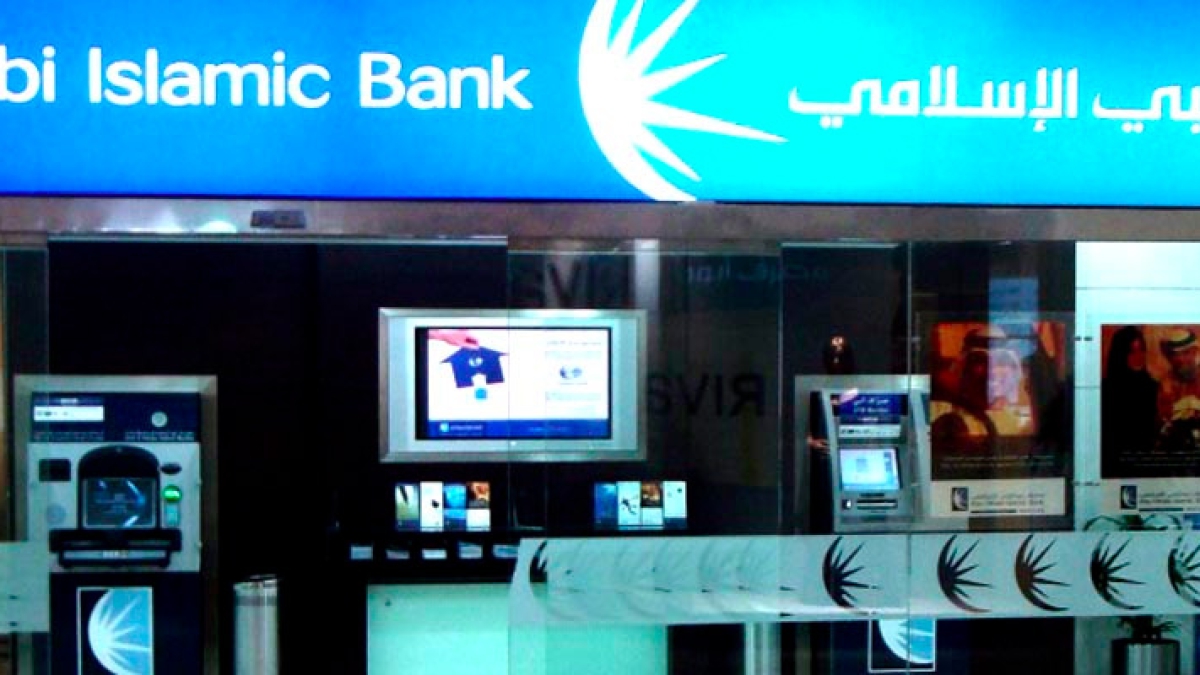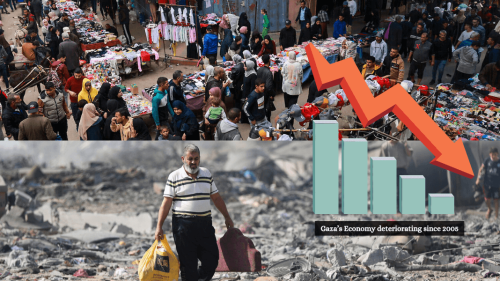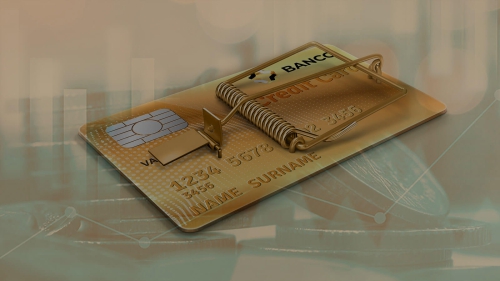Islamic banking setting new standards in the Persian Gulf countries

Since a few months, there has been a sudden rise in the Islamic loan market pertaining to the Persian Gulf countries. The investors in the Persian Gulf countries sold sukuk bonds that had inferior debt ratings so that they could elevate money for issuing even further sukuk bonds which are backed by the state. With the growth of the Islamic banking and investment in the Persian Gulf countries, an increased number of people are investing in the Islamic bonds and earning huge returns that are utilized in paying debt help services.
There is a sudden widespread in Islamic finance and due to the vast returns from Islamic bond investment, there is also a simultaneous increase in the number of investors getting lured towards investment in the sukuk or the main financial instrument of the Islamic finance. According to a survey, it has been predicted that there will be a sale of Islamic bonds that may have risen to $1.5 billion in November and this will perhaps be the highest till record. Such encouraging statistics is prompting more investors to keep on investing in those countries that allow Islamic finance.
As per a recent report, a Jeddah-based Islamic bank in the Persian Gulf has already sold $500 million of sukuk and this has set an entire new standard for the Islamic finances. In the United Arab Emirates, Abu Dhabi Islamic bank, that is perhaps the next after the largest Islamic banks, is also foreseen to raise $1 billion debt for sale. All these offerings taken together could fetch an amount of $2.5 billion from all the Islamic financial institutions taken together.
There are some other banks in the Persian Gulf that are trying to match with the present state of the Islamic economy. The countries who are a member of the Gulf Cooperation Council (GCC) have increased the sale of Islamic bonds after the treaty signed by Dubai World. According to this agreement, it was decided that 98% of all creditors will revise their rules and regulations on their borrowings that amounts to $24.9 billion and lessen the risk of defaulting. With such positive financial improvements, economic growth in the Persian Gulf countries are expected to rise to 4.2% in 2010 that is an increase by 2% in the last year.
Therefore, it is quite evident that with the growth of the Islamic bond market, more consumers and investors can invest in sukuk and utilize the proceeds in paying off debt help services. The Islamic debt market has improved in the context of the global financial market and which such a dependable rate of increase, it will keep on attracting investors and generating enough revenue for the countries.
Rose Anderson is a financial writer. She is the Community Member of "Debt Community" and has been contributing her suggestions to the Community. She has also made notable contributions through various articles written on different subjects related to the debt industry.

















